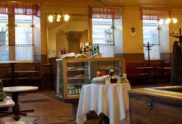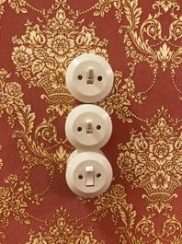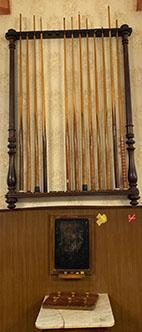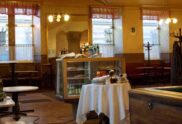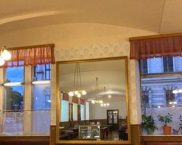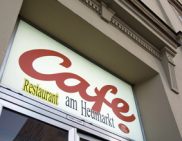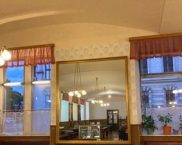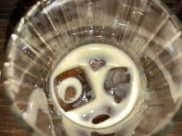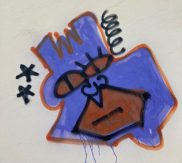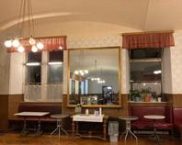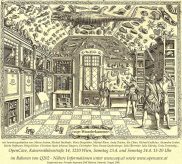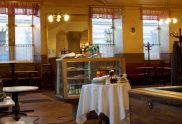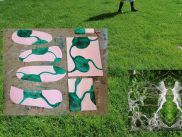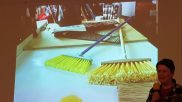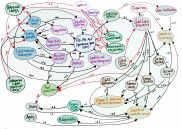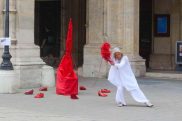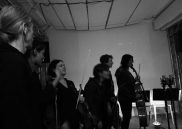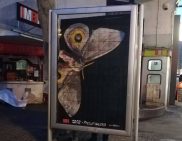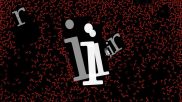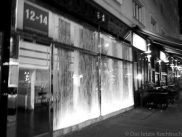Time(less) Signs
13. Dezember 2012 bis 17. Februar 2013
Karlsplatz 5
1010 Vienna
With the exhibition “Time(less) Signs” Künstlerhaus is paying tribute to the Viennese socioligist, political economist and philosopher of science Otto Neurath (1882–1945), thus marking the 130th anniversary of his birth.
We are surrounded by Neurath’s legacy without even being aware of it and most probably not many of us have heard of his name before. He is a man who contributed to the birth of pictograms as we know them today (in 1920′s and 1930′s) and his “Vienna Method of Pictorial Statistics” – later renamed to ISOTYPE – was the first serious step towards the introduction of simple, non-verbal, globally comprehensive visual language which has significantly contributed to the easier flow of information. Together with the German artist Gerd Arntz, Otto Neurath has designed a large number of pictograms which gained international popularity and brought them work for diverse conferences and exhibitions across Europe and USA in the 1940′s.
Starting point of the exhibition in Künstlerhaus which showcases exhibits by fourty three contemporary artists and artist collectives is Sign:table by Waltraud Palme, a complex artwork with the puzzle-like table-top consisting of a great number of pictograms. This was, after all, a work which Palme dedicated to Otto Neurath back in 1995. for the exhibition “Philosopher’s table“.
Curators Maria Christine Holter and Barbara Höller have opted for a fresh approach, chosing to concentrate on contemporary artists whose work is marked by the use of pictograms, whether intentionally with direct reference to Otto Neurath or freed of past influence and rooted in visual trends of the 21st century. There are seven so called “idea zones”, each dedicated to separate “chapters” of Neurath’s reforms of pictorial representation : Sign image, Number Field, Speak Out, Urban Area, World Power, Body Matters and Market Place. Vienna-based artist Nikolaus Gansterer expresses his fascination for diagrams in a complex installation Housing of theory 13 (Otto’s nightmare) as a direct critique of the alleged simplicity of pictograms, opting for a reverse process to Neurath’s in developing an almost incomprehensible system of graphics and their referential system. In his other work – All The Things we Need, Gansterer transforms the advertising leaflets of the low-budget supermarket chain “Hofer” by totally blackening their content with a thick black marker , thus transforming them into a simple, comic-like drawings. Gansterer is playing with the classical commercial visual representations and messages that companies (in this case – supermarket) send to consumers by using certain iconography.


